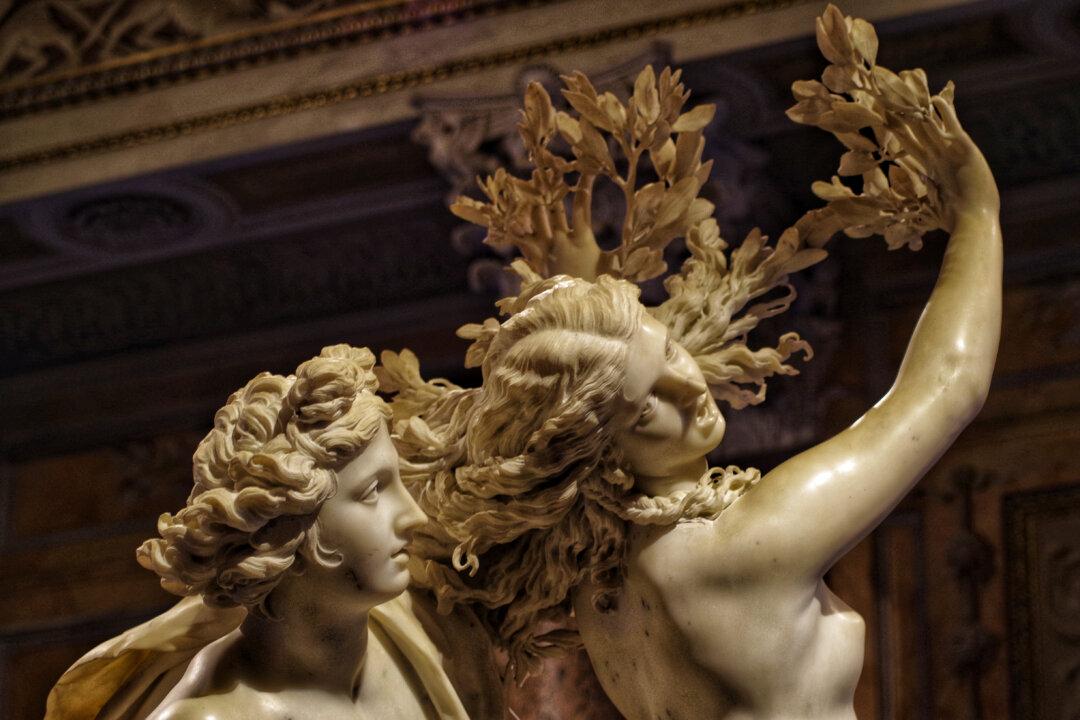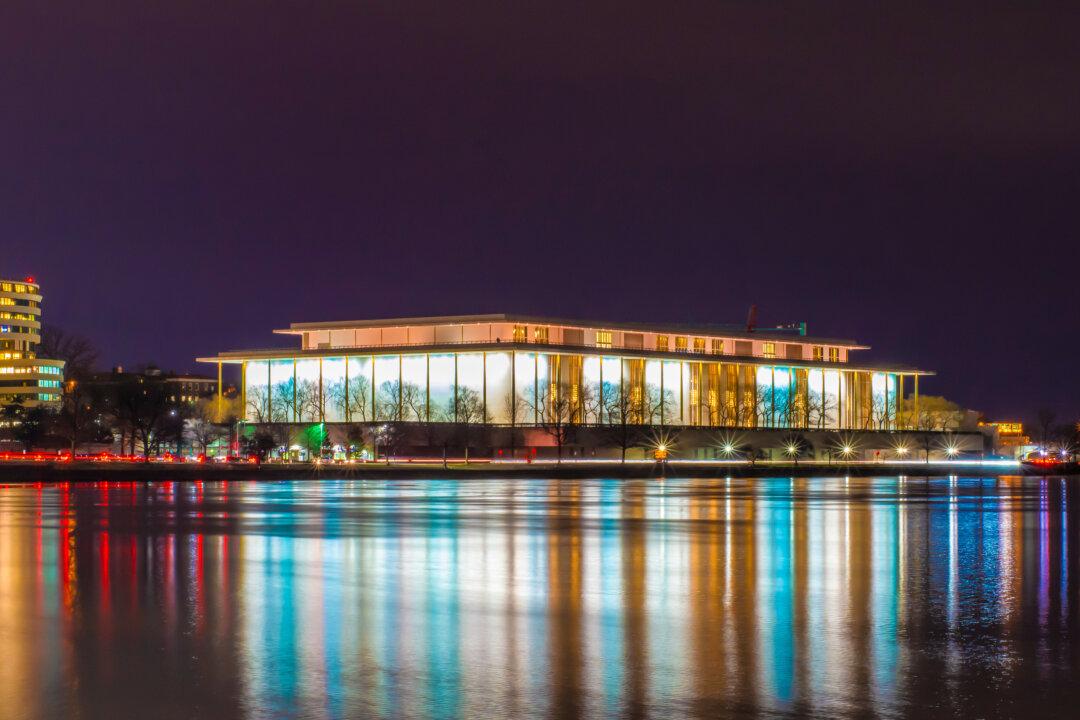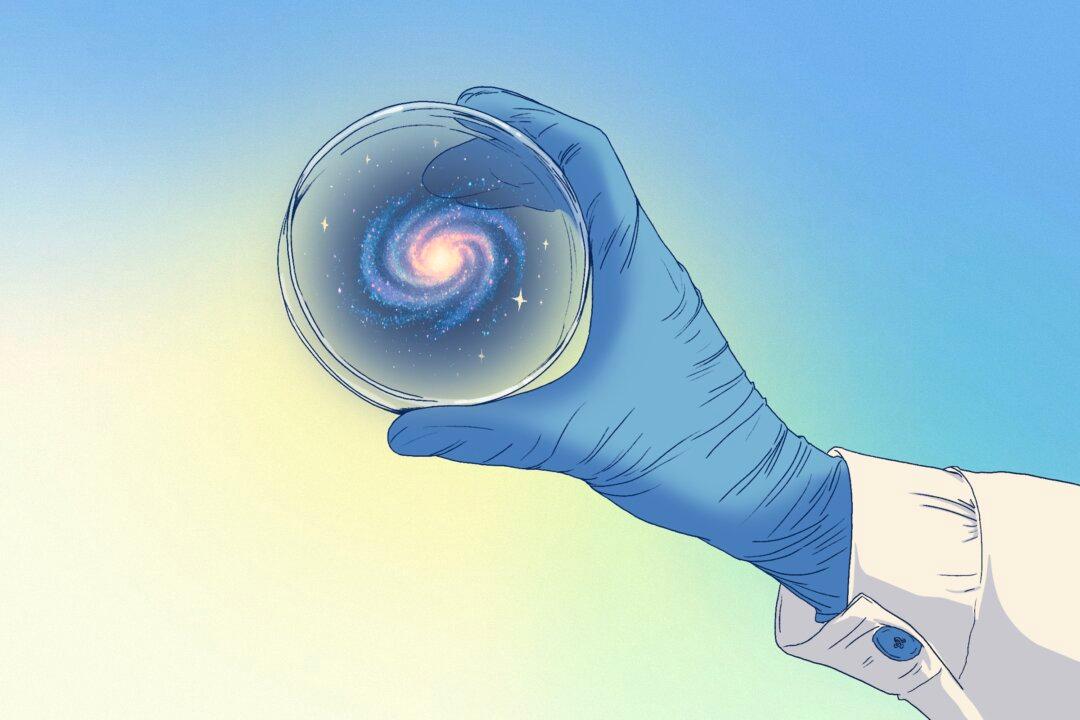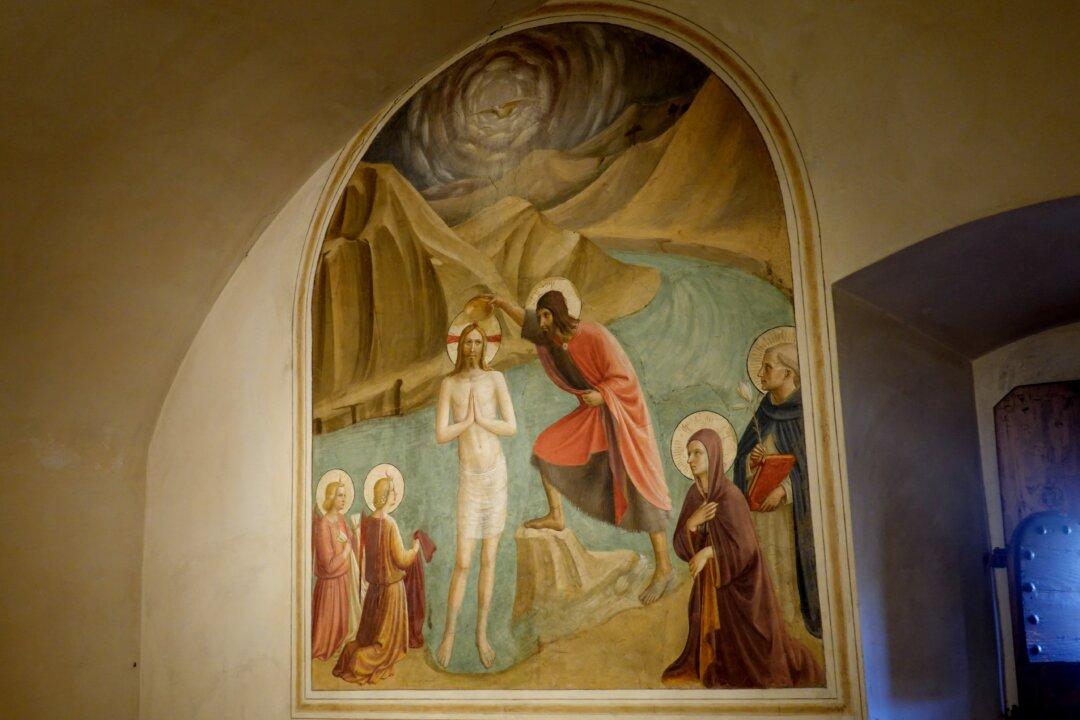Gian Lorenzo Bernini’s life-sized marble sculpture of Apollo and Daphne towers above visitors to the Galleria Borghese in Rome. It depicts the climactic transformation in the ancient Roman poet Ovid’s “Metamorphoses” when the naiad Daphne, fleeing the impassioned Apollo’s pursuit, turns into a laurel tree.
Apollo, one of 12 Olympian deities in ancient Greek mythology, was struck by Cupid’s golden love-exciting arrow and became ravaged by desire at the sight of the nymph Daphne, daughter of the river god, Peneus. Daphne, conversely struck by Cupid’s leaden love-repelling arrow—her pure mind denying the love of men—hastens from Apollo’s desirous advances. After a period of frenzied chase, Apollo gains on the nymph, treading on her feet and his breath intermingling with her flowing hair. Daphne, weak from the chase, looks upon her father’s waves and pleads:
Help me my father, if thy flowing streams have virtue! Cover me, O mother Earth! Destroy the beauty that has injured me or change the body that destroys my life.
Before she finishes her prayer, the nymph’s body is overcome with inertia, her chest becoming enclosed with thin bark, her feet fused to the earth by meandering roots, her face enclosed by leaves, her hair changing into trembling leaves, and her arms transforming into fluttering branches.





